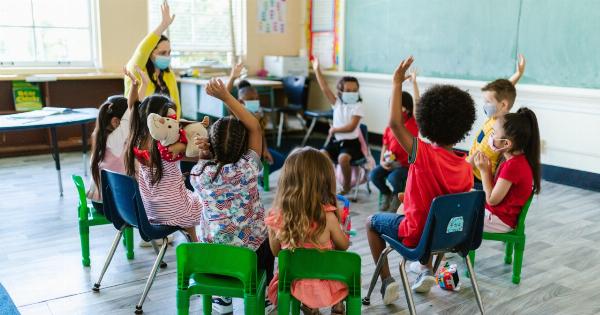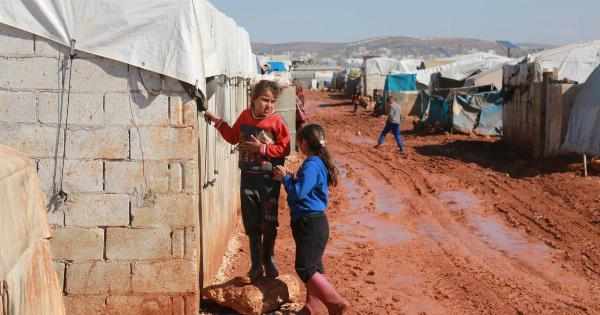Education is the foundation of any society, and the key to the success of its future generations. Thus, providing adequate education to children is of the utmost importance.
However, there are several barriers in the way of many children receiving an education, such as poverty, lack of access to resources, and other socio-economic factors. Therefore, there are several education initiatives for children that aim to overcome these obstacles and provide better education opportunities for children across the globe.
1. Early Childhood Education (ECE)
The early years of a child’s life are critical for their cognitive, social, and emotional development. Early Childhood Education (ECE) initiatives aim to provide quality education for children before they enter formal schooling.
The focus is on developing learning abilities and preparing children for elementary school. Initiatives such as Head Start in the USA and Kindergarten in Germany have proven to be successful in improving early childhood learning outcomes.
2. STEM Education
STEM (Science, Technology, Engineering, Mathematics) education initiatives aim to provide children with a strong foundation in these fields.
With technological advancements driving global economic growth, it’s necessary to equip children with competencies in these key areas. STEM education offers programs, projects, and activities that encourage students to solve problems and think critically.
3. Education for the Girl Child
Despite significant advancements in gender equality, many girls across the world still face barriers to education. The Education for the Girl Child initiative aims to address this issue by promoting equal access and opportunities.
By encouraging and supporting girls in their studies, this initiative empowers them to become independent and make positive contributions to their societies.
4. Open Educational Resources (OER)
Access to educational resources is essential in ensuring that children receive comprehensive education, regardless of socio-economic status.
Open Educational Resources (OER) initiatives provide free access to high-quality content, such as textbooks, videos, and educational software. This enables children, parents, and educators to learn and teach from anywhere, at any time.
5. Education for Children with Disabilities
Children with disabilities face unique challenges in accessing education. However, they have the same right to education as their peers.
Education for Children with Disabilities initiatives focuses on creating inclusive education environments for children in this category. They aim to provide appropriate accommodations and support, promote equal participation in normal classroom activities, and empower them to reach their full potential.
6. Digital Education
In the digital age, digital education is rapidly becoming crucial for children’s education. Digital education initiatives aim to equip children with the competencies required to thrive in a digitally-driven world.
They provide learning resources that promote digital literacy, encourage using technology, and develop cyber skills.
7. Community-Based Education
Community-Based Education initiatives prioritize learning within the local community. These initiatives aim to improve access to education and learning outcomes, particularly in rural or remote areas.
Community-based schools often integrate local contexts and values into the curriculum and involve the community in the schooling process.
8. Teacher Training
Teachers play a crucial role in ensuring quality education. Therefore, teacher training initiatives strive to provide adequate and appropriate professional development opportunities for educators.
Through training programs and access to resources, these initiatives work towards reducing the dropout rate, increasing retention, and improving overall student learning outcomes.
9. Education for Refugees and Immigrants
Refugees and immigrants face unique challenges in accessing education. Language barriers, cultural differences, and often disrupted education often make it difficult for children to continue their education in new conditions.
Education for Refugees and Immigrants initiatives aims to help children in refugee settlements and host countries receive an uninterrupted education. These initiatives provide appropriate educational interventions, including language and cultural assimilation programs.
10. Collaborative Learning Environments
Collaborative learning environments aim to promote teamwork, open communication, and critical thinking skills. These environments stress the importance of learning through peer-to-peer interaction.
Collaborative learning initiatives promote group activities, projects, and assignments that require students to work together towards a common goal to achieve learning outcomes.






























